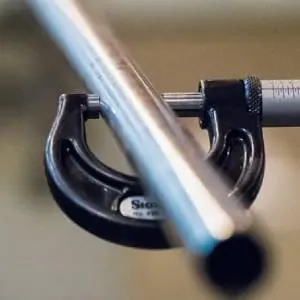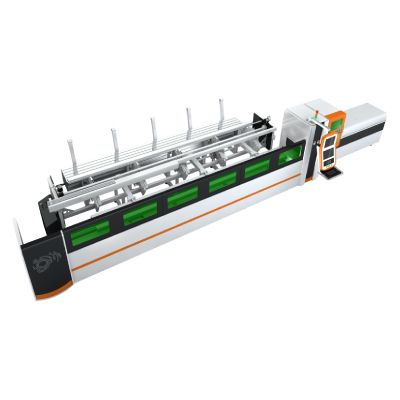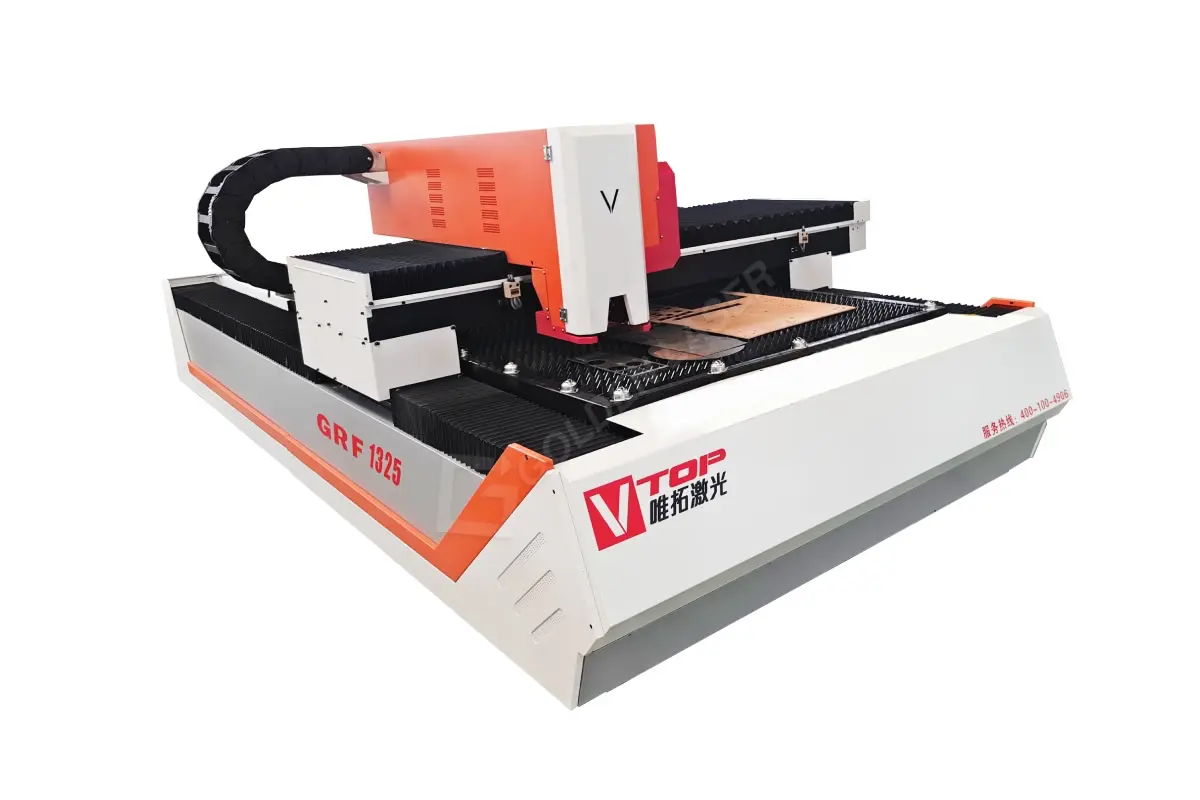
Revolutionizing Precision Metal Fabrication: The Advancements of CNC Metal Cutting Machines

Revolutionizing Precision Metal Fabrication: The Advancements of CNC Metal Cutting Machines
Metal cutting is a crucial process in the manufacturing industry. Precision and accuracy are critical aspects in this process, and even a minor flaw can lead to significant issues in the final products. Traditional metal cutting methods, such as sawing, drilling, and milling, are time-consuming and labor-intensive. With advancements in technology, CNC metal cutting machines have emerged as go-to solutions for precision metal fabrication.
CNC metal cutting machines use computer numerical control technology to automate the cutting process. The machines are equipped with advanced software systems that translate computer-aided design (CAD) files into machine-readable codes, which subsequently guide the cutting process. CNC machines can cut metal with greater accuracy and speed than traditional methods, with minimal human intervention.
One of the most significant benefits of CNC metal cutting machines is their ability to cut complex shapes and patterns. With traditional methods, fiber laser cutting systems can only cut in straight lines, and any curved shapes would require manual intervention. However, CNC machines can maneuver the cutting head along intricate curves and angles, allowing for greater flexibility in design and production.
Another advantage of CNC metal cutting machines is their ability to maintain consistency in each cut. Traditional methods often require constant calibration and tool changes to achieve precision for each cut. CNC machines, on the other hand, have extremely high accuracy and consistency levels, with the ability to repeat cuts with minimal variance. This consistency helps to reduce scrap material, improve efficiency, and ultimately reduce costs.
CNC machines are also versatile, as they can cut different types of metal, including aluminum, steel, brass, and copper. They use different cutting techniques, such as laser cutting, plasma cutting, and waterjet cutting, to achieve precise cuts on different metals. CNC metal cutting machines can also cut thick materials that would otherwise require significant manual effort with traditional methods.

Revolutionizing Precision Metal Fabrication: The Advancements of CNC Metal Cutting Machines
As with all technological advancements, some challenges come with the use of CNC metal cutting machines. The machines require skilled operators who are proficient in programming and operating the software. Additionally, the machines have high initial investment costs, as well as costs for maintenance and upgrades.
In conclusion, CNC metal cutting machines have revolutionized precision metal fabrication. They offer greater accuracy, flexibility, and consistency compared to traditional metal cutting methods. While there are some challenges, the benefits far outweigh the drawbacks when it comes to the production of high-quality metal components. As manufacturing and design continue to evolve, it is apparent that CNC machines will play a vital role in the industry’s future. metal laser cutting machine




